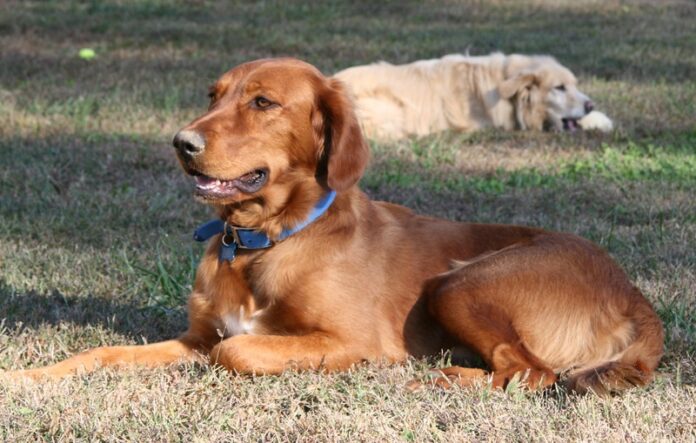Last Updated on August 27, 2023 by Fumipets
How to Calculate Dog Age in Human Years: Unraveling the Myth
The concept of dog years in human terms has been a longstanding belief, but calculating a dog’s age isn’t as straightforward as a simple multiplication. The formula for converting dog years to human years is more nuanced, taking into account factors such as breed and size. Here’s a summary of how to calculate a dog’s age in human years and demystify this common misconception.
Calculate Dog Age
One year in a dog’s life is equivalent to seven years in a human life, according to the traditional human-to-dog years calculation. It’s more appropriate to think of a dog’s first year as just guiding them through the first significant transition into adolescence. Physical adulthood is almost reached by the second year, while, as in humans, mental adulthood may still be some time off.
From then, a lot will depend on the breed of dog. Ageing is affected by breed and size. Generally speaking, Great Danes may be considered senior citizens at the age of 7, although Chihuahuas may not do so until they are at least 11 years old.
To determine your dog’s age, use the table below that compares canine years to human years.

Q&A: Calculating Dog Age in Human Years
Q1: Is the “one dog year equals seven human years” rule accurate?
No, the one-size-fits-all rule of multiplying a dog’s age by seven is not accurate. This formula fails to consider the variations in growth rates and aging patterns among different dog breeds.
Q2: How do I calculate a dog’s age in human years accurately?
To calculate dog age more accurately, use a breed-specific approach. The first two years of a dog’s life roughly equate to 10.5 human years for small breeds, 9 for medium breeds, and 8 for large breeds. Afterward, each year is equivalent to 4 human years for all breeds.
Q3: Why do small breeds age faster initially?
Small breeds tend to mature faster than larger breeds. They reach adulthood quicker, which is why the first two years of their life are counted as a higher number of human years.
Q4: What about giant breeds? How do they age?
Giant breeds mature even more slowly. Their first two years correspond to around 9 human years. Afterward, each year is equivalent to 5 human years to account for their extended growth period.
Q5: Why is understanding dog age important?
Understanding a dog’s age in human years helps owners tailor their care and health needs. Older dogs may require more frequent vet visits and specific dietary adjustments to support their changing needs.


















